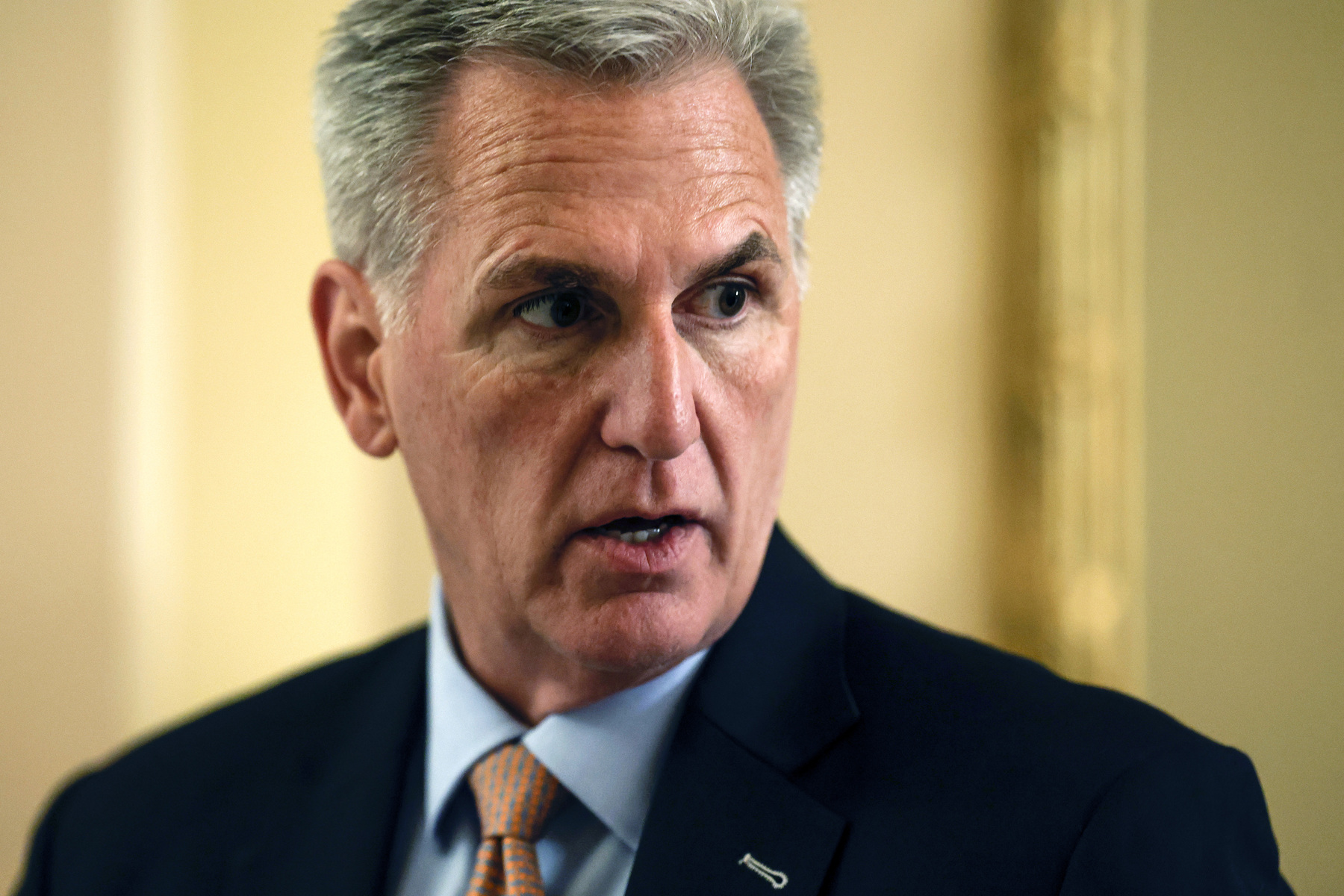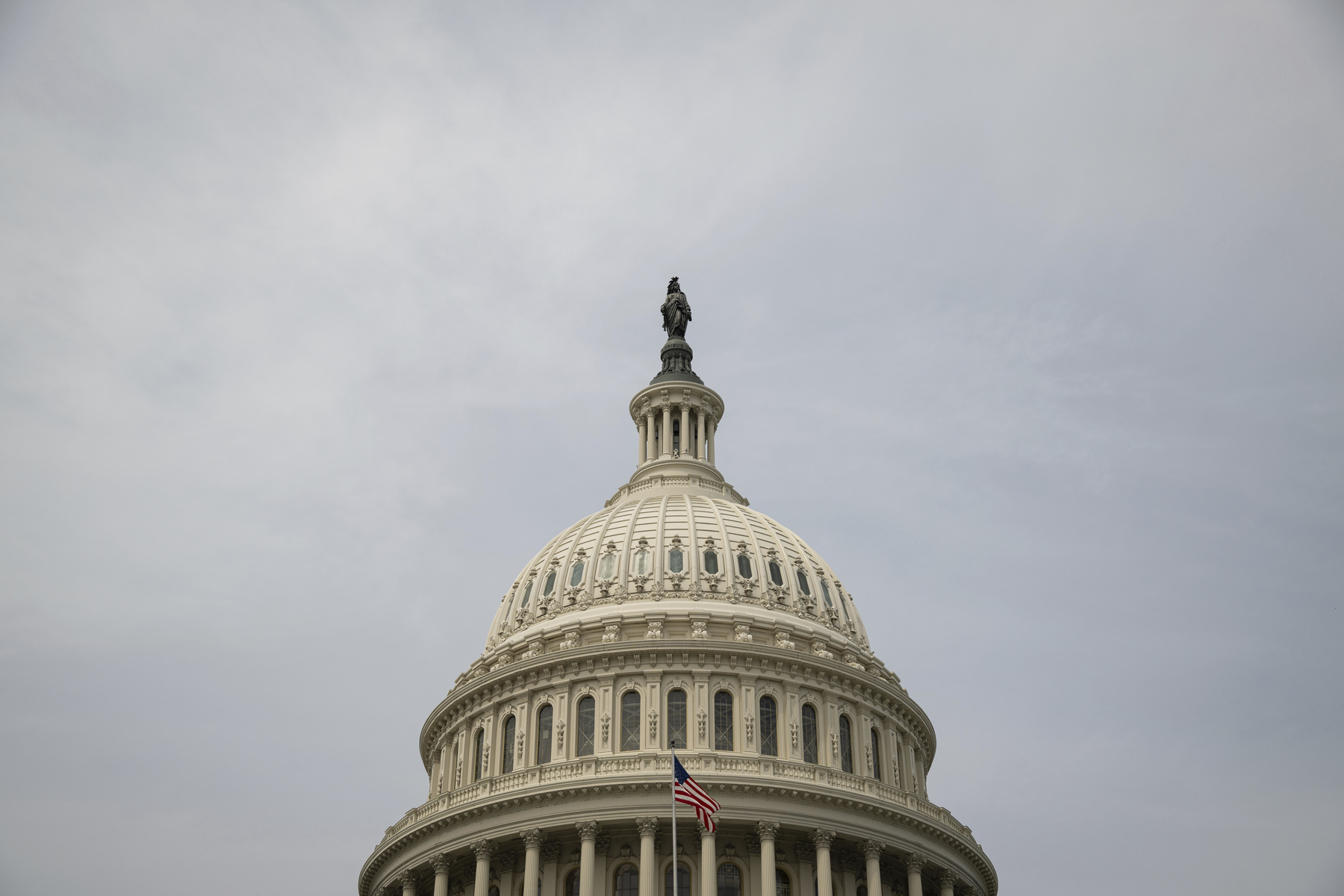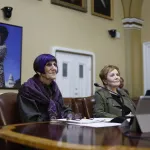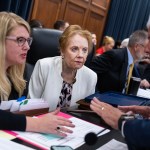We’re answering the “how” and “why” of politics news. Sign up for our daily newsletter.
Update: On Saturday, the House and then the Senate passed a bill to fund the government for 45 days, averting a shutdown for now.
Who is in charge of appropriations?
The Democratic and Republican lawmakers in charge of the Senate and House appropriations committees are collectively known in Congress as the “four corners” — for the first time ever, it is all women in this influential group. The Senate Appropriations Committee is chaired by Democratic Sen. Patty Murray of Washington, and its top Republican is Sen. Susan Collins of Maine. The House appropriations panel is chaired by Republican Rep. Kay Granger of Texas, and the top Democrat is Rep. Rosa DeLauro of Connecticut.
How does the government funding process work?
Elizabeth Leoty Craddock, a government-relations attorney at Holland and Knight who used to counsel Democratic former Sen. Mary Landrieu of Louisiana, described appropriations as a “very methodical, laid-out process.”
It starts when the president submits a budget request to Congress on the first Monday in February. This is essentially a blueprint for how the administration would like to spend the roughly quarter of the annual federal budget that is discretionary, or not mandatory. In 2023, when $6.3 trillion was allotted to fund the government, 73 percent went to mandatory spending on programs like Medicare, Medicaid and Social Security, and the appropriations process therefore set spending for the remaining 27 percent of the budget, according to the conservative-Libertarian Cato Institute.
The House and Senate adopt their own budget resolutions. Next, the House and Senate committees start working on a package of 12 appropriations bills. Ideally, the appropriations committees each pass versions of the bills, which are voted on by the full chambers. Then lawmakers reconcile differences between the two. In reality, sometimes the committees don’t pass all of the bills, and the 12 bills get packaged into one massive, omnibus spending measure. Critics of omnibus bills say they are less transparent and offer less opportunity for debating specifics.

What happens if Congress doesn’t make the deadline?
This triggers a government shutdown. That means that all federal agencies must stop “nonessential” functions until money is appropriated for the next fiscal year. Mandatory spending is not affected, and functions deemed “essential” continue as decided by individual agencies as well as the Office of Management and Budget. Examples of nonessential services that could be affected are at the national parks, which would turn away visitors for the duration of a shutdown. It also can impact benefits that Americans receive, for example taking away the ability of the Agriculture Department to send out SNAP benefits after the first 30 days, according to the Committee for a Responsible Budget.
What could this mean for McCarthy?
McCarthy’s path to the speakership was tumultuous. Most of the 20 Republican representatives who ultimately voted against him are Freedom Caucus members. In order to get over the finish line, McCarthy agreed to a rules change that makes it easier to remove him as speaker, requiring only one representative to bring what’s called a “motion to vacate,” which passes by a simple-majority vote. In theory, if the government-funding negotiations become prolonged or intractable, a small group of Republicans could work with Democrats or vice versa to try to remove McCarthy as speaker. Some Freedom Caucus members made motion-to-vacate threats during the debt-limit fight. Moderate Republicans like Rep. Nancy Mace of South Carolina have also predicted that McCarthy could face a motion to vacate due to broken promises during negotiations.
How can I find out what role my senator or representative is playing?
The chairs and ranking members of the appropriations committees will continue to play a central role as negotiators, as will party leaders — but there are also ways that rank-and-file lawmakers not directly involved in the appropriations process can ask for projects in their states and districts.
Members of the House Freedom Caucus will also be sought-after votes by McCarthy to get a Republican-backed deal through. The Freedom Caucus does not publish a full list of its members, but outside groups and the media track who is and isn’t a part of this critical group.
Lawmakers in both the Senate and House can also request “community project funding” for their states and districts. These requests used to be called earmarks, but were rebranded when Democrats revived the process in 2021 after a decade-long hiatus. Chris Cassella, who is finishing his doctorate at the University of Texas at Austin researching American politics and policy, was part of a team that recently analyzed these requests. He told The 19th that Democrats are more likely to ask for funding for specific groups in their party coalition, while Republicans focus on traditional bricks-and-mortar infrastructure projects within their communities. You can search records kept by the House and Senate appropriations committees to see if your representative has submitted such requests.







